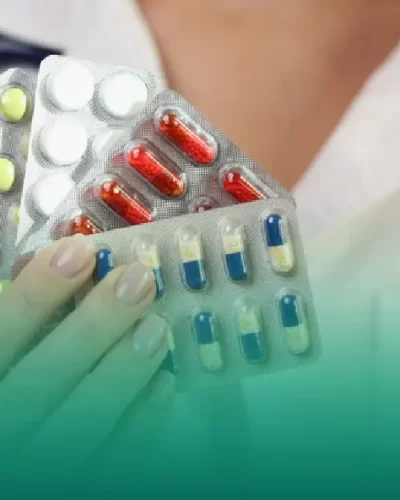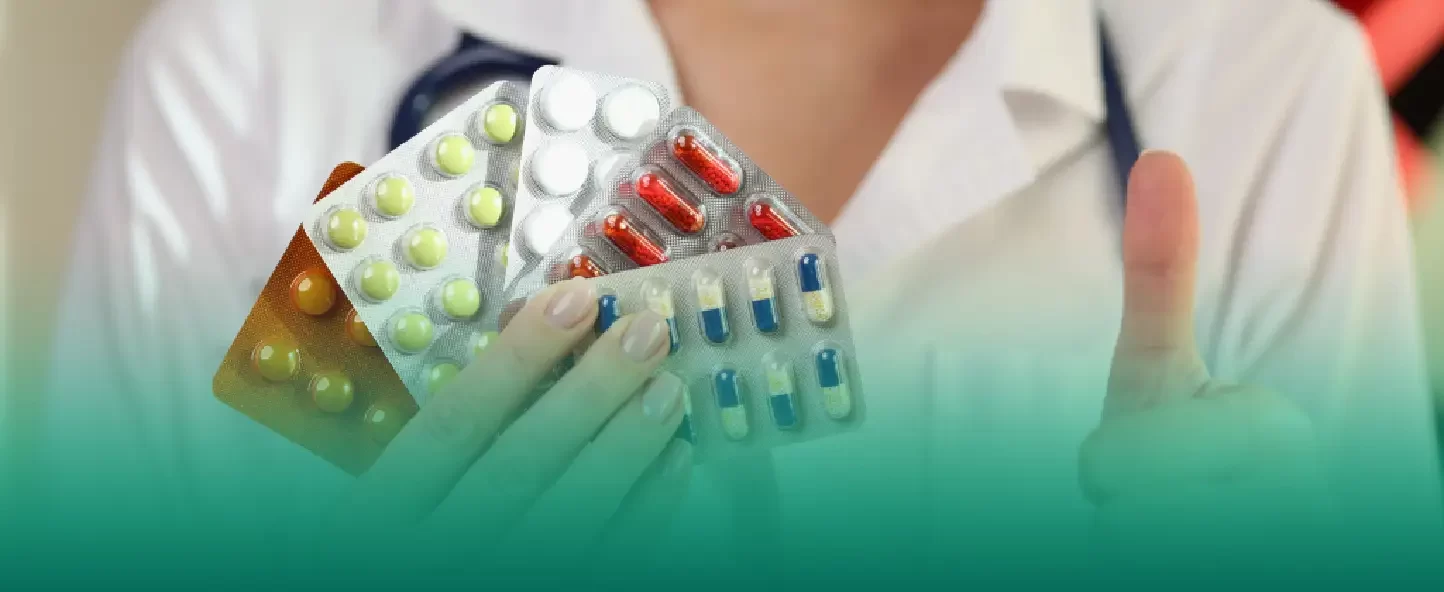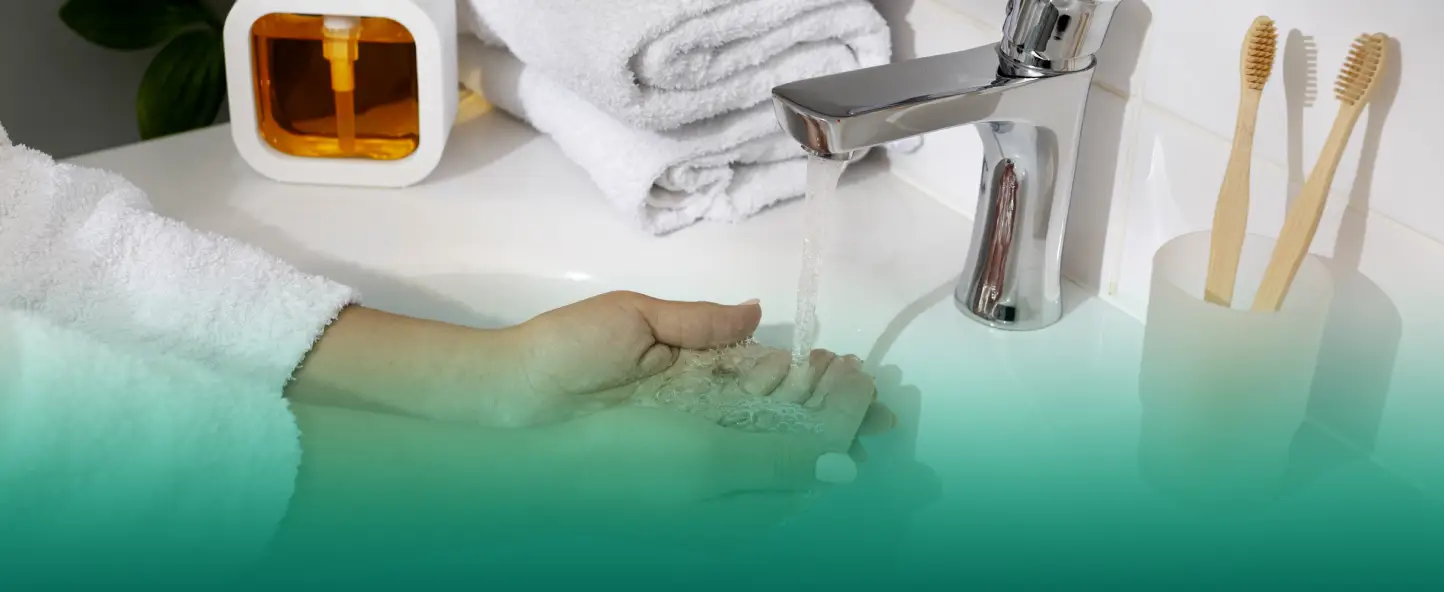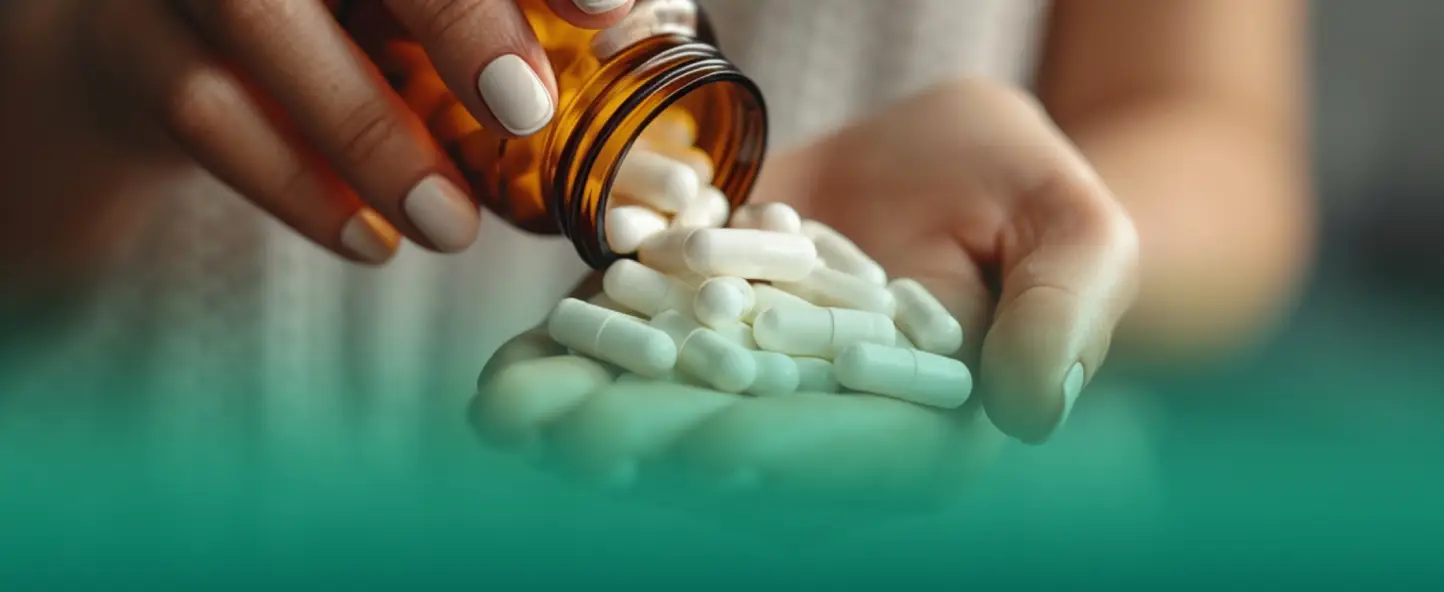Myth: Generic drugs are inferior to original drugs
Generics are copy medicines created on the basis of the same active ingredients and having a similar dosage form as the original medicines. They have proven pharmaceutical, biological and therapeutic equivalence compared to the original drugs that were originally developed and patented by the manufacturing companies.
One of the key reasons for the lower price of generic drugs is that their creation does not require the cost of many years of development and research of molecules from scratch, as is the case when creating original drugs. After patent protection for original medicines expires, other companies can produce copies of them. This allows generics to occupy a significant share of the modern pharmaceutical market.
However, it should be understood that the process of developing and testing generics also requires serious effort and resources. They undergo rigorous clinical trials to prove their effectiveness and safety. Generic drugs are an important means to ensure availability and affordability of drugs, but their use should be under the supervision and advice of qualified medical professionals.
Myth: It is profitable for pharmacies to sell expensive drugs
In fact, in modern Russian pharmacies, pricing is organized in such a way that the higher the price of the drug, the lower the markup percentage on it. For example, on medicines costing more than three thousand rubles, the markup is only 2 to 5 percent. In addition, many customers pay for their purchases using bank cards, which results in additional payment processing costs to the pharmacy, typically around 2 percent.
About 40 percent of the pharmacies’ assortment consists of drugs included in the List of Vital and Essential Medicines (VED), prices for which are regulated by the state. These drugs are low-cost, and their markup averages 8.7 percent. The markup percentage varies depending on the price range: for medicines costing up to 50 rubles – 20.72 percent, from 50 to 500 rubles – 10.9 percent, and more than 500 rubles – 4.98 percent.
Moreover, the pharmacy market is very competitive, and many buyers compare drug prices online to choose the best option from various pharmacies.
Myth: All medicines are genuine
In Europe the most frequently counterfeited drug is paracetamol, as well as over-the-counter drugs such as sedatives, antifungals, histamines and antibiotics.
Counterfeit medicines usually lack the active substance; sometimes it is replaced with a cheap analogue. Fake tablets may contain substances such as chalk, talc, starch, powdered sugar, white clay and even glue.
To identify counterfeit medications, you should pay attention to the packaging. These drugs have special markings that are visible under ultraviolet light. High-quality packaging is another indicator of the authenticity of the medicine. A sloppy box or blister may indicate that the product is counterfeit. It is also important to check for a clear expiration date and instructions inside the package.
Myth: If symptoms go away after taking medication, it means you’re already healthy
This is not always the case. Many medications can temporarily relieve symptoms of the disease, but do not necessarily promote recovery.
For example, antiarrhythmic drugs are often prescribed to patients after a myocardial infarction to prevent arrhythmias. They can successfully relieve symptoms, but research suggests that the risk of death may be increased with their use. This is because the drug’s response in the body may differ from what is expected, especially given the complexity of the human body compared to laboratory conditions.
Such cases highlight the importance of not only a symptomatic, but also a causal approach to the treatment of diseases.
Myth: You can’t take pills on fasting
In fact, there are certain pills that not only can, but also should be taken on an empty stomach. Otherwise, their effectiveness may decrease and side effects may increase. However, there are also medications that are best taken before, during, or immediately after meals.






